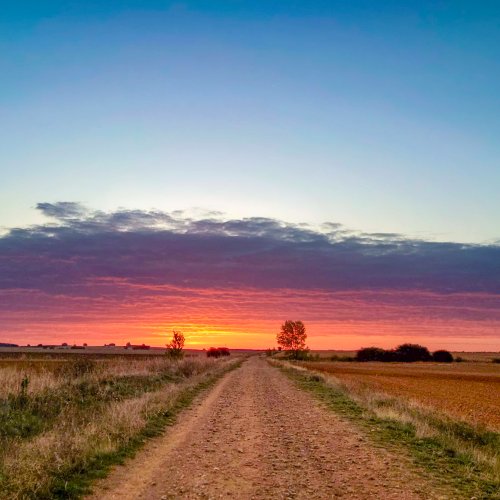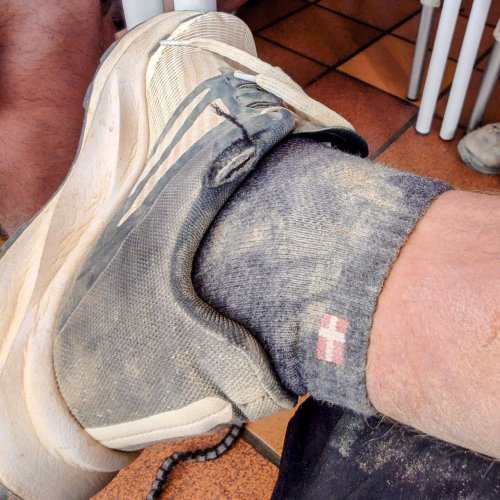OZAJ
Active Member
- Time of past OR future Camino
- Mozarabe/VdlP/Sanabres (2008) Norte (2009) Vezelay/Frances/Salvador/Primitivo (2010) etc.
I wonder how many pilgrims use gore-tex waterproof jackets and trousers and whether they are happy with them.
I recall a post some time ago from a very experienced person who had been using the same gore-tex jacket for years and was still happy with it.
I have a gore-tex jacket which I bought probably 15+ years ago. It is falling apart as you might expect. It is still water resistant and sort-of breathable. I have two problems with it:
1. It was very expensive;
2. it is bulky and heavy.
I have tried other cheaper, less bulky and lighter jackets which were fine until it started to rain. I usually got wetter from the inside than the outside, but not always.
I would be interested in more recent experiences with gore-tex. Do many people go for it, or is the expense and weight too much of a problem?
I recall a post some time ago from a very experienced person who had been using the same gore-tex jacket for years and was still happy with it.
I have a gore-tex jacket which I bought probably 15+ years ago. It is falling apart as you might expect. It is still water resistant and sort-of breathable. I have two problems with it:
1. It was very expensive;
2. it is bulky and heavy.
I have tried other cheaper, less bulky and lighter jackets which were fine until it started to rain. I usually got wetter from the inside than the outside, but not always.
I would be interested in more recent experiences with gore-tex. Do many people go for it, or is the expense and weight too much of a problem?












